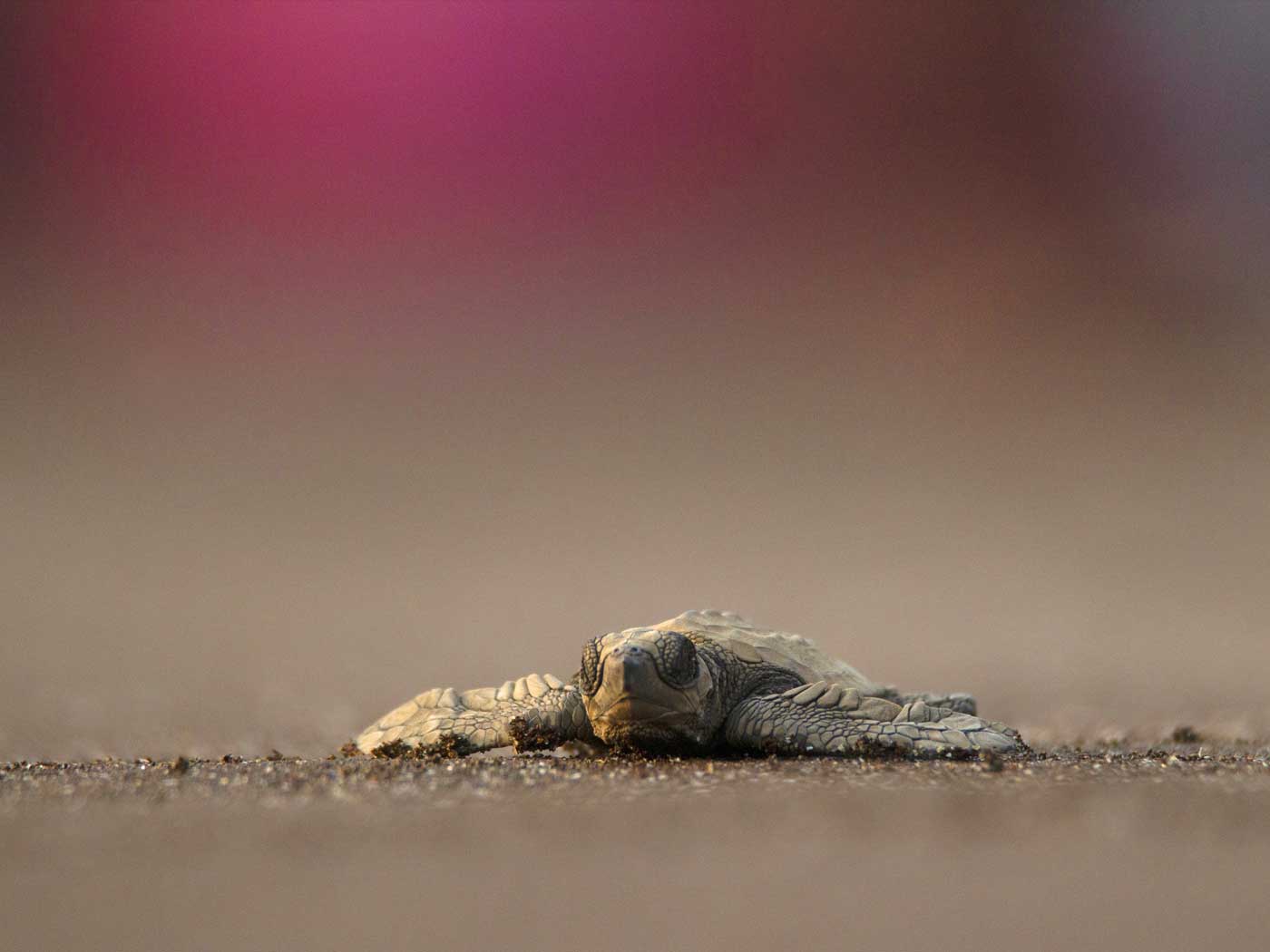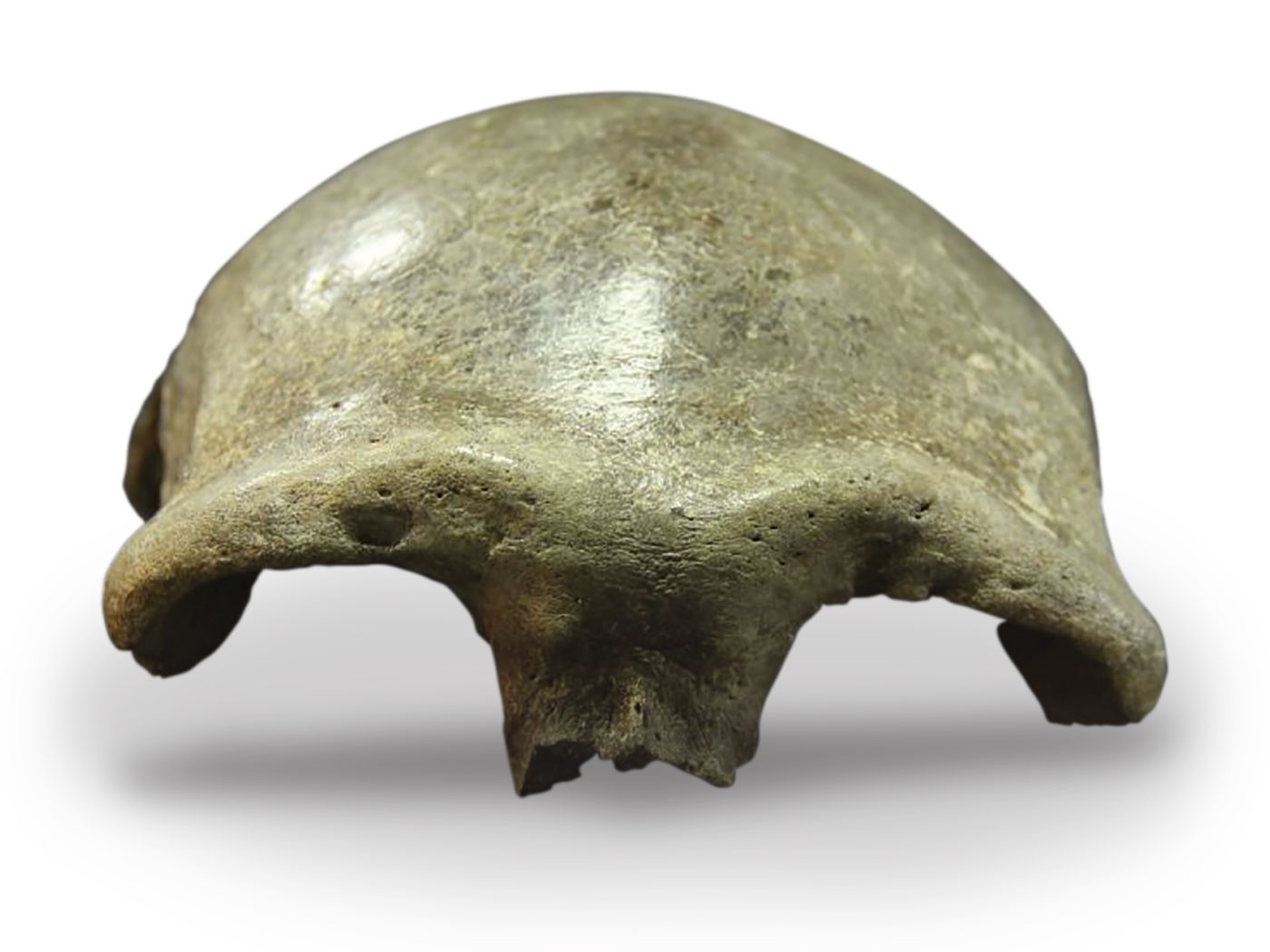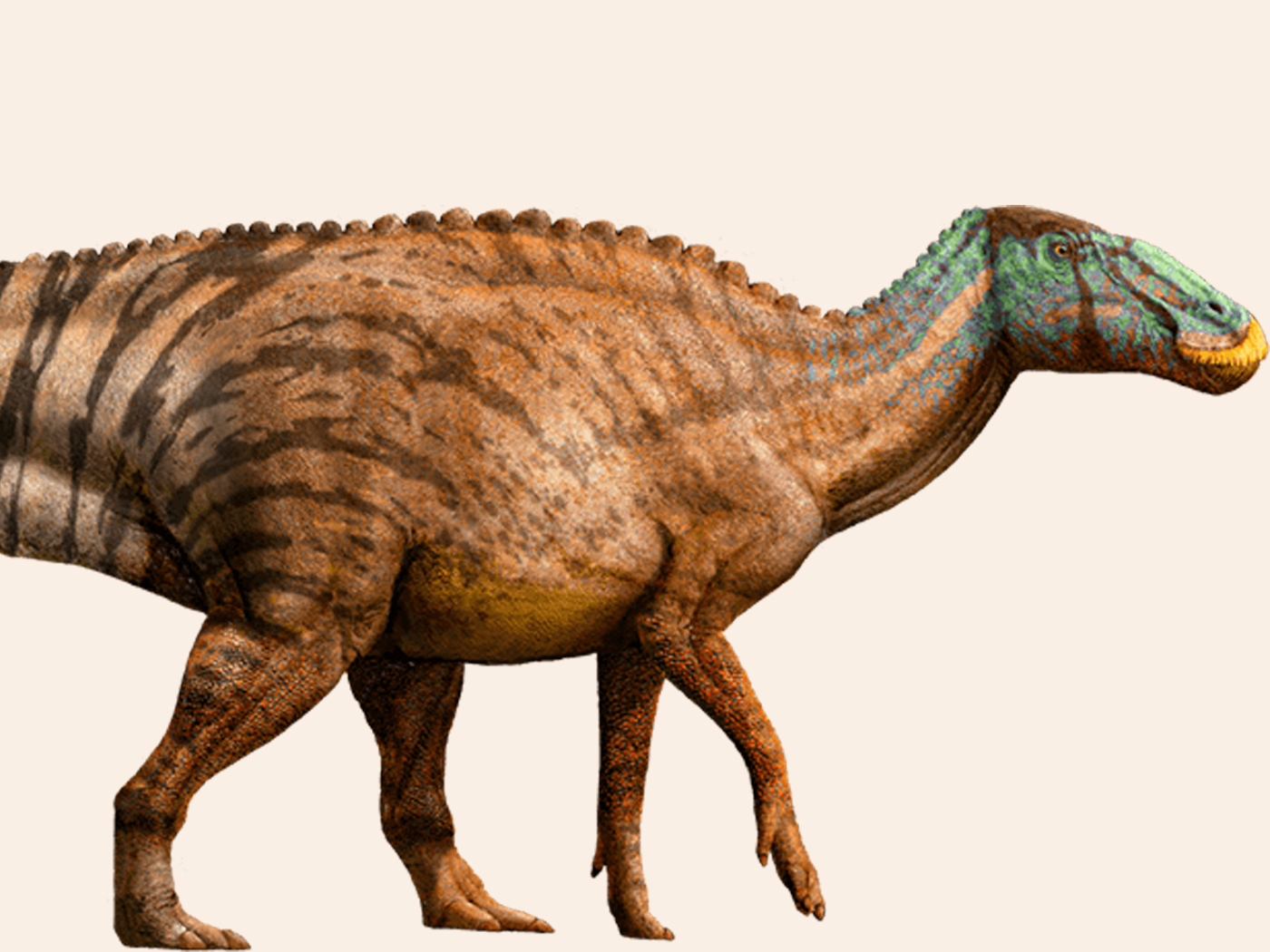Monarch butterflies have fascinated biologists for a long time. A 3,000-mile road trip in even the most comfortable car would prove daunting to many humans, but these beautiful insects can migrate that same distance every year from Canada to a specific grove of fir trees in Mexico each fall. The next generation of monarchs can then travel back to Canada in the spring.
Scientists are investigating the tools that these tiny flying creatures use to achieve this feat. One leading monarch researcher has discovered an important reason why the butterflies’ antennae are vital for successful navigation. Neurobiologist Steven Reppert and his team wanted to find out the specific mechanism in the antenna that enables the butterfly to migrate accurately.
In a press release reporting on their study published in Science, Dr. Reppert stated, “We’ve known that the insect antenna is a remarkable organ, responsible for sensing not only olfactory cues but wind direction and even sound vibration.”1 After observing the effects on navigation of removing or painting over the antennae, they discovered yet another sensor tucked in the tiny tendril—one that detects the angle of incoming sunlight.
Four years ago, Dr. Reppert discovered that monarch eyes detect a UV portion of sunlight, which is coordinated with a circadian clock in the brain.2 This year he was surprised to find a clock, or “time correction factor,” housed inside the antenna itself.1 The internal clock constantly calibrates the angle of sunlight, converting that information into cardinal directions. That way, the butterflies can fly south, or north the next generation, unerringly.
These butterflies, therefore, have a well-organized network of data coordination involving light information captured both with eyes and antennae, as well as circadian clocks in both the brain and antennae. After considering the chemical, wind, and sound detectors within the antennae alone—as well as the geographic information that is somehow transferred to the second generation that enables them to travel to a location they’ve never visited—one can see that such specifications could never be generated randomly. For functionality, they would require an engineer to specifically design them to work in conjunction with the complex systems present in the eyes and brain to steer the butterfly to its programmed destination.
And what better candidate for the identity of this engineer than the God of the Bible, who made every creature “very good” in the beginning, including the monarch butterfly with its amazing navigation system?3
References
- Migrating Monarch Butterflies “Nose” Their Way to Mexico. University of Massachusetts Medical School press release, September 25, 2009, reporting research published in Merlin, C., R. J. Gegear and S. M. Reppert. 2009. Antennal Circadian Clocks Coordinate Sun Compass Orientation in Migratory Monarch Butterflies. Science. 325 (5948): 1700-1704.
- How butterflies fly thousands of miles without getting lost revealed by researchers. The Hebrew University of Jerusalem press release, via Eurekalert!, August 1, 2005, reporting research published in Sauman, I. et al. 2005. Connecting the Navigational Clock to Sun Compass Input in Monarch Butterfly Brain. Neuron. 46 (3): 457-467.
- Genesis 1:31.
* Mr. Thomas is Science Writer at the Institute for Creation Research.
Article posted on October 9, 2009.

























